Eddyville, Kentucky’s history is rather unique. Not many towns of 2,500 residents can claim as many milestones (both bad and good) as Eddyville.
The town is presently located along US 62 & US 641 just south of Interstates 24 & 69 in Lyon County, Kentucky. But today’s Eddyville wasn’t there 60 years ago.
History of Eddyville
Prior to the 1960s, the heart of Eddyville was located on the banks of the Cumberland River. Probably the most significant aspect of Eddyville at that time was the Kentucky State Penitentiary, which was built there in 1886. Known as the “Castle on the Cumberland”, the detention center not only provided jobs for the locals, but was a hauntingly ornate castle-like structure not seen before in this region.
Eddyville was also home to a small lock and dam to mainly provide better navigation to ships along the Cumberland River. An important railroad also went through the town.
The Flood of 1937
The Flood of 1937 devastated towns and communities along the Cumberland, Tennessee and Ohio Rivers. Eddyville was not spared. Odell Walker published the following article in a local newspaper on October 20, 1999 with a recount of the horrific flood.
——
The worst natural disaster to ever occur in Lyon County was the flood of 1937. Lyon County did not stand alone in this disaster. All of the Cumberland, Tennessee, Ohio, and Mississippi River basins were affected by this flood.
Old timers say that it rained every day from the first to the twenty-first day of January.
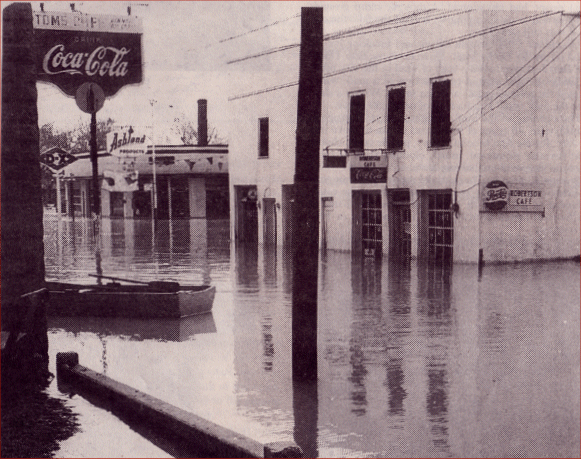
It was not just showers, but hard rains off and on both day and night. The water began to rise but there was no great concern on the part of the citizens. Both Eddyville and Kuttawa were built on the bank of the river. They were accustomed to floods every few years and just moved to higher ground and returned when the floodwaters receded.
The floodwaters were several feet higher than the present level of Barkley Lake. People in the flood prone areas took about the same precautions that they had with preceding floods. Some moved their things to upstairs rooms and before the water crested, the water covered the entire house.
Many of these people lost everything they had, because when they found out their first move was not to safety, conditions were such that they could not make a second move. They had to take what few things they could carry and move to higher ground. For a time, the water rose three to four inches per hour. Many people who had never been bothered by backwater before stayed in their houses as long as they could, saying the water has never been this high before, and many had to leave home, sometimes in the middle of the night.
By January 21 the waters were higher than they had ever been before and the city fathers of Eddyville and Kuttawa, the leaders of Lyon County, realized they were faced with a never head of problem. The schools at both Eddyville and Kuttawa were closed on this date. Trains stopped running due to water being over the tracks.
The electrical and water systems in both towns were knocked out. The only road in and out of Eddyville was the Pea Ridge Road and it was mostly a dirt road. The Eddyville Ferry could land at the hill by the Courthouse that lead up to the Penitentiary. It could then follow old Highway 62 and land at the foot of Buddy Scott hill on the old Princeton Road.
When the flood waters receded, it left millions of dollars in damages. Things slowly began to return to normal. Both Eddyville and Kuttawa schools reopened on February 22, having been out a full month. Things were in shambles but the people faced restoring and rebuilding with a strong resolve; however, neither town ever fully recovered from the disaster.
—–
The Relocation of Eddyville
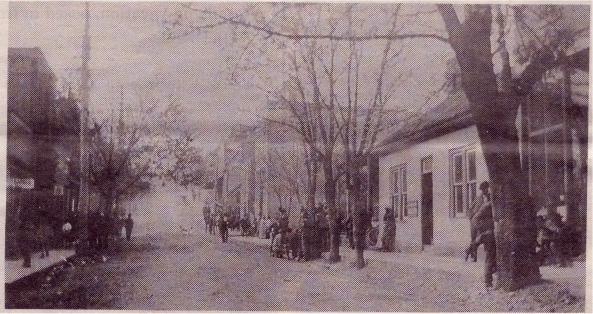
After enduring many floods, the US Army Corp of Engineers began to take a hard look at the lower Cumberland River. Frances Baccus wrote the following article for a local newspaper on October 20, 1999 and discusses the impact of Eddyville’s relocation.
—–
Following the completion of Kentucky Dam in the 1940s, rumors began flying that a dam would be built on the lower Cumberland. This would mean relocating Eddyville and Kuttawa. By the mid 1950s the people’s fears were confirmed. The [U.S. Army] Corps of Engineers began surveying for the construction of Barkley Dam. The entire population of Eddyville was in a turmoil with decisions to be made. Where would they move? Were they getting a fair price? This ordeal caused many angry feelings between some of the residents, which lasted a lifetime.
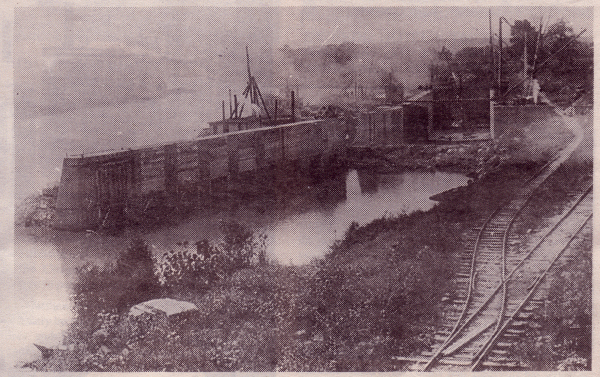
About this time Lee S. Jones entered the picture. Jones was a native of Lyon County who had attended law school and settled in Louisville, where he had gained a reputation as one of the best “tax lawyers” and also had accumulated enough money to be considered quite wealthy. Jones had purchased farms in the Fairview community (which is now the site of Eddyville). He came to the Eddyville City Council and presented his plan: each person owning land in the towns (Eddyville and Kuttawa) to be flooded would receive a free lot in the new Eddyville site. This also applied to businesses.
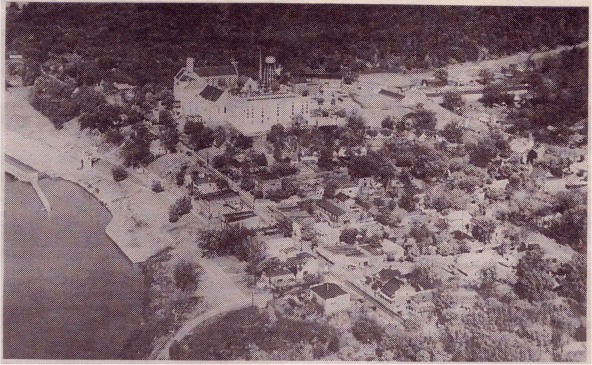
The first house to be built in the new town was the home of Mr. and Mrs. J. I. Moore. The first business to be built was the Kentucky Utilities office.
After Relocation
During the time of building, Eddyville was “booming”, and with the impoundment of Lake Barkley, tourists began making their way into the area for the abundance of fish and boating.
The influx of tourist did not happen as rapidly as most people had envisioned. Although campgrounds and marinas were springing up around the lake, the city was still struggling.
December 1988 brought the ground breaking for the West Kentucky Outlet Mall. Three brothers, Bob, Darrell and Ben Jent purchased a tract of land in the city limits of Eddyville and started construction of a mall, which opened the following fall with ten stores. Within a short time the mall could boast a total of nearly 50 stores.
The opening of the mall brought a surge of progress to Eddyville, all types of businesses began to move into the city. For the first time in history, people could choose their favorite restaurant, motel, clothing store or other places to shop without leaving town.
[It has been said] the mall did more for the progress of Eddyville than any other endeavor since the establishment of the town in 1799. The town was listed as the second fastest growing area in Kentucky in 1997 by tourism.
—–
Eddyville Today
The mall went through some very difficult times with many of its stores shuttered. Today only a handful of shops remain in the mall.
Venture River Waterpark opened in the 1990s and today has become one of the largest attractions in western Kentucky. The park continues to pour tons of
dollars into the local economy and provided numerous jobs during the summer months.
Location of Eddyville
Eddyville Population
1800: 69
1840: 167
1880: 390
1900: 1,210
1920: 1,182
1940: 2,407
1960: 1,858
1980: 1,989
2000: 2,350
2010: 2,554
Eddyville Information Contributions
If you’d like to share any historical information with us regarding Eddyville, Kentucky, please get in touch with us.
Articles Related to Eddyville
-
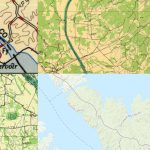 Old Maps Overlaying Today’s Reveal Big ChangesSeptember 11, 2018/
Old Maps Overlaying Today’s Reveal Big ChangesSeptember 11, 2018/


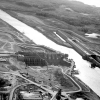
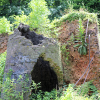
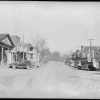
Pingback: Kuttawa, Kentucky - Four Rivers Explorer